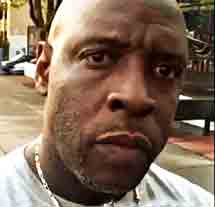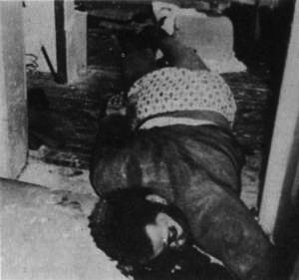 Bay Area journalist Adisa Banjoko aka The Bishop who heads up the Hip Hop Chess Federation came to our SF State class yesterday and laced our students up with the important role Islam has played in Hip Hop culture. One of the main topics he touched upon was the strong presence of Malcolm X and what he meant to Hip Hop.. We discussed the songs he was sampled in. We talked about the rappers who referenced him.. Adisa definitely went in..
Bay Area journalist Adisa Banjoko aka The Bishop who heads up the Hip Hop Chess Federation came to our SF State class yesterday and laced our students up with the important role Islam has played in Hip Hop culture. One of the main topics he touched upon was the strong presence of Malcolm X and what he meant to Hip Hop.. We discussed the songs he was sampled in. We talked about the rappers who referenced him.. Adisa definitely went in..
He closed out the discussion by talking about Cointel-pro and Black Pro– the government program that proceeded it. Adisa talked about how the government had gotten over 3000 people throughout the country to spy on Black organizations and report their activities back to the FBI. Many people wavered and sold us out. others stood strong. We talked integrity and never selling out. He brought forth this ‘secret recording’ that was made by the FBI when they approached Malcolm after he was suspended by Elijah Muhammad for mis-speaking after President Kennedy was assassinated.What we heard was absolutely riveting on a number of levels.
To start it was crazy to hear how bold and upfront our tax payer supported government agencies were in terms of going out and destroying our leaders and undermining the Black Liberation struggle. These guys were over the top bold in asking Malcolm to spy and sell out the Nation of Islam then known as the Black Muslims.
What was impressive was Malcolm’s resolve and his intelligence… he shut these FBI agents down.. This is definitely a MUST listen..
http://www.youtube.com/watch?v=I8CSQopxEf8
Here’s another link just in case











 Many people have long believed the first Hip Hop cop came out of New York City and recently arrived on the scene sometime after 9-11. Much of this is centered on Hip Hop’s infamous Hip Hop Task Force which was led by former NYPD detective Derek Parker. He and that task force has been the subject of several high profile news stories, a documentary and a book he authored.
Many people have long believed the first Hip Hop cop came out of New York City and recently arrived on the scene sometime after 9-11. Much of this is centered on Hip Hop’s infamous Hip Hop Task Force which was led by former NYPD detective Derek Parker. He and that task force has been the subject of several high profile news stories, a documentary and a book he authored.



